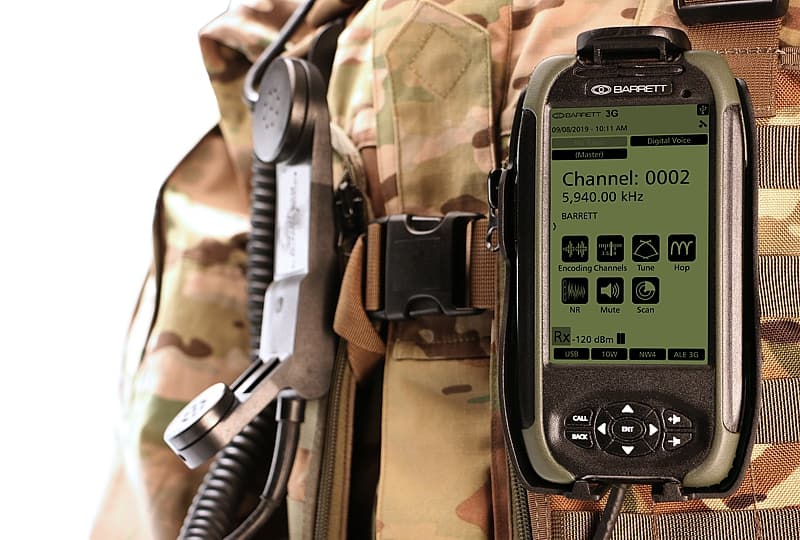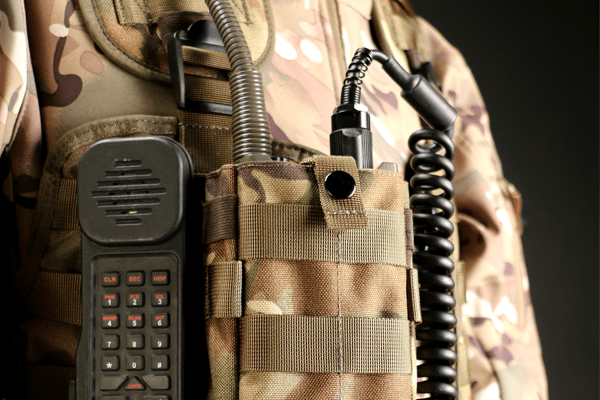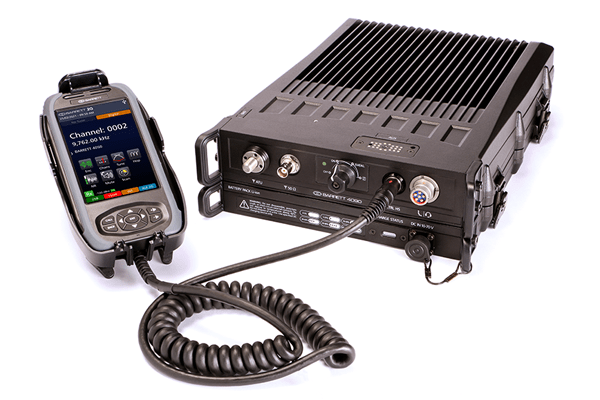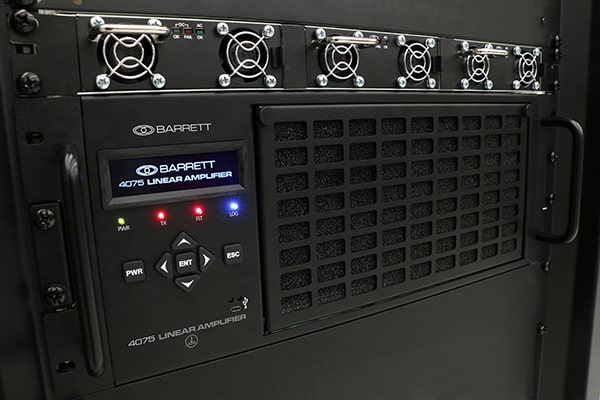The unique history of tactical radios
The unique history of tactical radios

Understanding their origins can give you a better appreciation of just how far tactical radio technology has come. From coordinating the workings of a humanitarian effort to assessing strategic positions on the battlefield, the success of any mission hinges on a reliable means of communication. Thanks to advancements in technology and network connectivity, tactical radios have helped military units stay connected in highly dynamic environments and locations. Whether it’s the Barrett PRC-4090 HF SDR transceiver or PRC-2080+ low band VHF transceiver, tactical radios are more lightweight, versatile and portable than ever before.
But they did not start out that way. Much like the teams and missions that use tactical radios, they have evolved over time. Understanding their origins can give you a better appreciation of just how far tactical radio technology has come.
Vacuum tubes laid the groundwork
Military historians may disagree on what advancement proved to be the catalyst in propelling tactical radios to where they are today, but a case can be made for vacuum-tube technology. The predecessor to transistors, which were invented in 1947, vacuum tubes were shaped like light bulbs and relied on a chemical process called thermionic emission to function. Instead of having to rely on mules and wagons to manually carry messages, as was the case for military units in the early 1900s, vacuum tubes revolutionised the way with which personnel could communicate with one another.
Vacuum-tube technology laid the foundation upon which military tactical radios were able to build. As noted in the McGraw-Hill Encyclopaedia of Science & Technology, some of the largest improvements in vacuum-tube technology occurred between 1914 and 1945. Thanks to the pioneering work and research of Swedish physicist Harry Nyquist, vacuum tubes became more efficient and more compact in size. This also led to groundbreaking advancements in reducing noise interference through amplitude modulation, and frequency modulation. These modulation techniques allowed military branches to better coordinate and direct their correspondence regardless of their team members’ positioning be it short or long range, on land, air or sea. Eventually, they became so small that the glass tube itself became redundant, which led to the transistors we see today.
Technology has improved over time
Since then, just about every conflict has led to some advancement in tactical radio use or technology that was better than its predecessor. For example, during the Vietnam War, the U.S. Army, Air Force and Navy began leveraging even lighter radio units than were used in World War II, according to the McGraw-Hill Encyclopaedia of Science & Technology. Transmissions also utilised a higher quality of bands for over-the-horizon communications, including high-frequency and ultra high-frequency. The Vietnam War era also produced a greater variety of military radios, from EPLARS to SINCGARS to Link-16.
Technology is like time; it never stops. This is just a snapshot into the history, evolution, and improvements of military radio. You can be sure that they have nowhere to go but up in terms of speed, reliability, quality and portability. The only thing that will go down is their size.
For more information on tactical HF and VHF radios — or any of our other Barrett Communications systems — contact us today.







